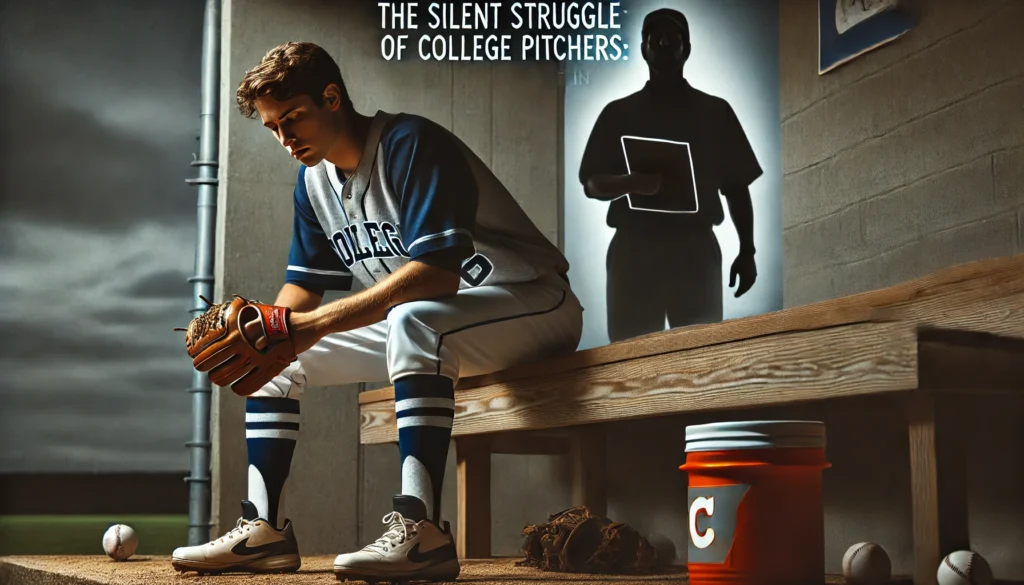When Good Intentions Break a Pitcher: The Story of an NCAA Arm

There’s a real pitcher—let’s call him Jake.
In high school, Jake was a standout. His fastball had life, his off-speed pitches danced, and—most importantly—his motion was smooth, effortless, and in perfect harmony with his body. Coaches and scouts appreciated his effortless delivery and natural sense of tempo. What few realised, however, was that Jake thrived because his pitching motion aligned precisely with the characteristics of his motor preference: Jake belonged to the Rhythmical Motor Skill Group.
The Rhythmical Blueprint
As a Rhythmical athlete, Jake’s performance depended on one critical element: his ability to control his own tempo and rhythm. When that rhythm was intact, Jake’s body moved in the most energy-efficient, healthy, and effective way.
A key feature of his delivery was how he initiated his motion by slightly lowering his throwing shoulder towards his hip. For Jake, this wasn’t just style—it was essential for activating the right muscle chain to power his delivery. Disrupt that, and the natural sequence fell apart.
The Dream Opportunity
Jake’s success earned him a scholarship at a prestigious NCAA Division I program. Like so many young athletes, he arrived on campus excited, humble, and determined to become the best version of himself. He trusted his new coaches and embraced their guidance, eager to honour the opportunity he’d been given.
The Good Intentions That Went Wrong
From day one, the coaching staff—with the best of intentions—set out to “clean up” Jake’s mechanics:
👉 “You’ve got too many moving parts. We need to simplify things and make your delivery more coordinated so you can repeat it consistently.”
👉 “Keep your shoulders square—don’t tilt. That’ll help you stay on line to the plate.”
Jake listened. He worked harder than ever. He focused on these adjustments, trusting that they’d make him better.
But something strange happened. The harder he worked to implement the changes, the worse his performance became. His fastball lost life. His command disappeared. His body felt tight, awkward, disconnected. Suddenly, the strike zone seemed impossible to hit. And each time he struggled, the solution was always the same: more mechanical tweaks. More drills to “fix” him.
The Hidden Cost
What no one saw was that these changes—though well-intentioned—broke Jake’s natural performance system.
By taking away his rhythm and tempo, they shattered his perception-action cycle: the seamless loop that connected what Jake saw, felt, and did. By eliminating the shoulder tilt, they stopped him from activating his natural muscle chain in the preparation phase. His body no longer moved within its healthiest, most effective pattern. The result? A gifted pitcher became a shadow of himself.
The Lesson
Across the country, pitchers like Jake work tirelessly, following advice that—without knowing it—pulls them further from their natural blueprint. Not because coaches don’t care. But because we too often try to fit athletes into models, instead of understanding the model that’s already built inside them.
💥 Your pitchers don’t need to fit a model. They need to unleash their natural model. Discover how motor preferences can unlock their true potential!

